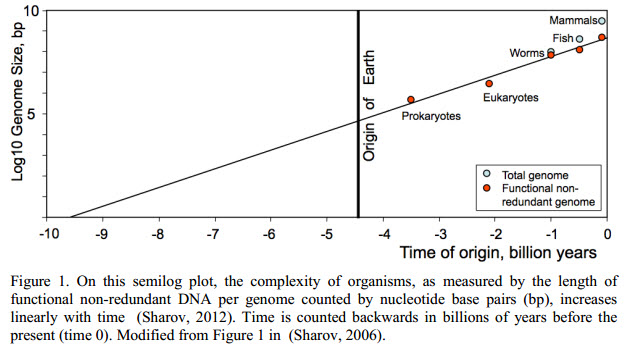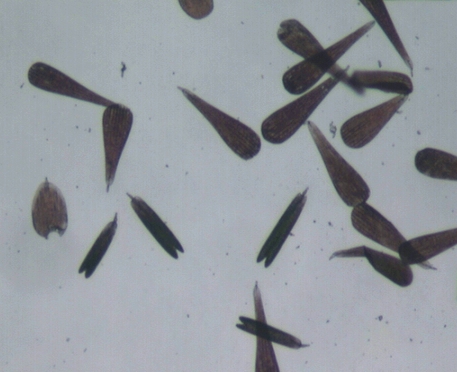Like several other insect orders, the Lepidoptera is staggeringly diverse -- there are about 180,000 described species in the order and an untold number that remain unknown to biologists. (For comparison, there are about 5,000 mammal species).
Most people know the Lepidoptera ("leps" to entomologists) as moths and butterflies. The incompleteness of their taxonomic descriptions reflects their sheer diversity rather than academic neglect -- leps have been collected and studied for centuries. As it turns out, the distinction between moths and butterflies probably is not phylogenetically meaningful, as the "butterflies" (which includes three superfamilies: true butterflies, skipper butterflies, and moth-butterflies), though probably monophyletic as a group, may represent a clade nested within the other moths. However, I won't complain if these terms survive as they are useful in non-phylogenetic contexts.
 Moore’s Law, The Origin Of Life, And Dropping Turkeys Off A Building
Moore’s Law, The Origin Of Life, And Dropping Turkeys Off A Building Genome Reduction In Bladderworts Vs. Leg Loss In Snakes
Genome Reduction In Bladderworts Vs. Leg Loss In Snakes Another Just-So Story, This Time About Fists
Another Just-So Story, This Time About Fists











